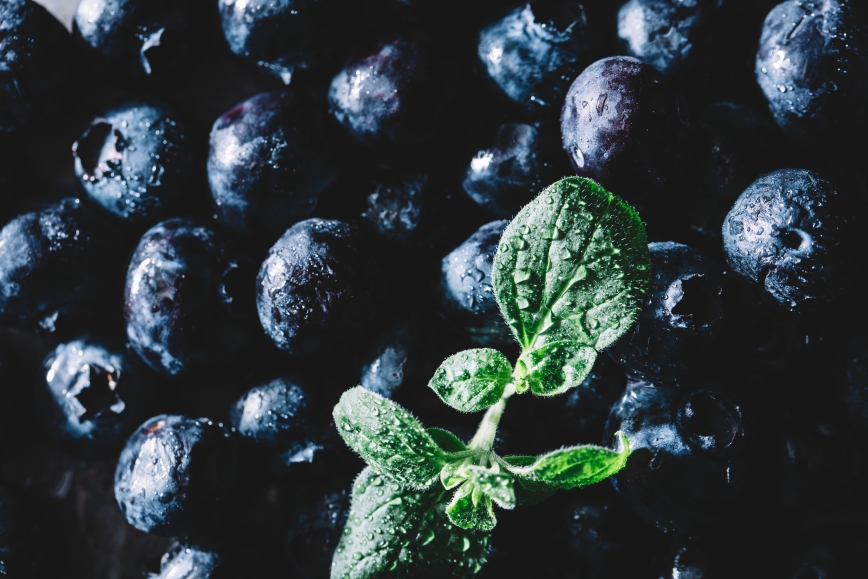
Ever wonder why some people seem to age gracefully while others look worn down by their 50s? You know the type—that neighbor who’s 65 but could pass for 45, with energy that puts twenty-somethings to shame. Meanwhile, you’ve got friends who look exhausted by noon and complain about aching joints every morning.
The difference isn’t just genetics or luck. It often comes down to something happening at the microscopic level inside every cell of your body—a constant battle between damage and repair that determines how fast you age.
That battle? It’s called oxidative stress, and antioxidants are your body’s frontline soldiers.
What’s Actually Aging You (Hint: It’s Not Just Time)
Picture your cells like a bustling city. Every second, millions of chemical reactions are happening—energy production, waste removal, repairs, communication. It’s incredibly efficient, but all that activity creates byproducts called free radicals.
Think of free radicals as cellular exhaust fumes. A few here and there? No big deal. But when they accumulate faster than your body can clear them out, they start causing serious damage. They attack your DNA, break down collagen in your skin, damage blood vessels, and interfere with cellular communication.
This is oxidative stress, and it’s one of the primary drivers of aging. The wrinkles you see in the mirror? That’s oxidative damage to collagen. The joint stiffness? Damage to cartilage and connective tissue. The fatigue? Mitochondrial damage affecting energy production.
Here’s the kicker: modern life accelerates this process. Pollution, processed foods, chronic stress, poor sleep, and even excessive sun exposure all pump out more free radicals than our ancestors ever dealt with.
Enter Your Cellular Cleanup Crew
Fortunately, your body isn’t defenseless. You’ve got an entire system designed to neutralize these cellular troublemakers—antioxidants. These molecules act like a specialized cleanup crew, swooping in to neutralize free radicals before they can cause damage.
Your body produces some antioxidants naturally, but it also relies heavily on what you eat. And here’s where most people drop the ball. Despite all the talk about “antioxidant-rich” foods, many of us aren’t getting nearly enough of the right types.
Vitamin C doesn’t just prevent scurvy—it’s rebuilding collagen and protecting your immune system. Vitamin E guards your cell membranes from oxidative damage. Selenium supports your body’s own antioxidant production. And then there are the lesser-known powerhouses like glutathione, often called the “master antioxidant” because it recycles other antioxidants and directly protects your DNA.
The Foods That Make a Difference
Forget the expensive superfood powders for a minute. Some of the most potent antioxidants are sitting in your grocery store right now, probably in the produce section you walk past on your way to the frozen foods.
Berries are antioxidant powerhouses—blueberries, blackberries, strawberries. The deeper the color, the more protective compounds they contain. Dark leafy greens like spinach and kale pack a serious antioxidant punch while nuts, especially walnuts and pecans, provide both antioxidants and healthy fats.
But here’s what’s interesting: your morning coffee might be your biggest source of antioxidants. That’s right—that cup of joe delivers more antioxidants than most fruits and vegetables for the average American. Dark chocolate (the real stuff, not milk chocolate candy) is another unexpected anti-aging ally.
The key isn’t any single “miracle” food. It’s variety. Different antioxidants protect different parts of your cells, so you want a diverse arsenal.
Beyond Diet: The Complete Anti-Aging Strategy
While nutrition forms the foundation, truly effective anti-aging requires a more comprehensive approach. Your body’s antioxidant production naturally declines with age, particularly after 40. Even with perfect nutrition, you might not be producing enough to keep up with modern life’s oxidative demands.
This is where understanding your individual needs becomes crucial. Chronic stress, hormone imbalances, sleep disorders, and underlying health conditions can all accelerate oxidative damage beyond what diet alone can address.
At BioSymmetry Wilmington, we see patients who’ve tried everything—perfect diets, expensive supplements, rigorous exercise routines—but still feel like they’re aging faster than they should. Often, the missing piece is optimizing their body’s internal systems to support natural antioxidant production.
The Hidden Connection: Hormones and Antioxidants
Here’s something most people don’t know: your hormones directly influence your body’s antioxidant systems. Declining testosterone, estrogen, and growth hormone don’t just affect energy and muscle mass—they reduce your cellular defense systems too.
When hormone levels are optimized, your body produces more of its own antioxidants, uses dietary antioxidants more efficiently, and repairs oxidative damage faster. It’s like upgrading your cellular cleanup crew from a small team with basic tools to a well-equipped army.
This is why some people see dramatic improvements in energy, skin quality, and overall vitality when they address hormone optimization alongside antioxidant support. You’re not just adding more soldiers to the fight—you’re giving them better weapons and coordination.
Your Next Steps for Cellular Protection
Don’t wait until you see serious signs of aging to start protecting your cells. The damage is happening now, every day, whether you feel it or not.
Start with the basics: colorful fruits and vegetables, quality sleep, stress management, and regular exercise. But if you’re already doing these things and still feeling the effects of accelerated aging, it might be time to look deeper.
Take Our FREE Hormonal Imbalance Quiz. Could hormone optimization enhance your body’s natural anti-aging systems? Fill out our FREE hormone imbalance quiz to discover if our comprehensive approach could help you age more gracefully.
Disclaimer: This blog is for general informational purposes only and does not constitute the practice of medicine, nursing, or other professional health care services, including the giving of medical advice, and no doctor/patient relationship is formed. The use of the information on this blog or material linked from this blog is at the user’s own risk. The content of this blog is not intended to be a substitute for professional medical advice, diagnosis, or treatment. Users should not disregard, or delay in obtaining, medical advice for any medical condition they may have, and should seek the assistance of their healthcare professionals for any such conditions.
